Blog
Post category: Chemical Environment
2024
Guest commentary
What’s new
Under the Surface: What does the fracking boom mean for our health?
Over the last seven years, as I traveled the United States reporting on the oil and gas industry, I have learned a disturbing and little-considered fact: a lot more comes to the surface at a well than just the oil and gas. Each year the industry produces billions of tons of waste, much of it toxic and radioactive. The fracking boom has only worsened the problem. So where does it all go? . . .
2023
What’s new
One fell swoop: Choosing solutions that address multiple crises
I recently returned from some weeks in Canada, on Cape Breton Island at the old family farm. As always, it was lovely to connect with the land and woods, catch up with rural neighbors, hear the chorus of “peepers” in the evening, and enjoy periodic sightings of local foxes, coyotes and bears. . . .
2023
What’s new
Scientists recommend changes to chemical regulatory process
This blog is excerpted from a blog posted today by UCSF's Program on Reproductive Health and the Environment (PRHE). See the complete posting from PRHE here.
With chemical production and use on the rise, and continued evidence that many chemicals in everyday products are linked to health problems such as cancer, infertility, and neurodevelopmental conditions, an interdisciplinary group of scientific experts said changes are urgently needed to better protect people from harmful chemicals. . . .
2023
What’s new
Impacting US chemical policy & environmental health
This article was co-authored with Dr. Tracey Woodruff, see bios of both authors below.
Chemical pollution threatens the health of our planet and everyone who lives on it.
Despite this, the manufacture and production of chemicals has continued to increase; 350,000+ chemicals and chemical mixtures registered worldwide have led to extensive and disproportionate exposures, and generations of children being born pre-polluted.
. . .
2018
What’s new
Webinars
Announcing New Webinar Series on Effects of Plastic on Health
We are excited to announce a new four-part webinar series looking into the effects of plastic on health. Over the next four months, we will be joined by leading scientists, health professionals, policy experts, and advocates to talk about the various impacts of plastics on public health. . . .
2018
What’s new
Meet our 20 Pioneers under 40 in Environmental Public Health: Kelly Ferguson, PhD, MPH
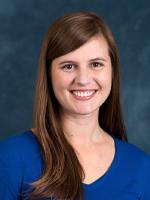 Kelly Ferguson, PhD, MPH, is an NIH researcher whose focus is looking at how different exposures impact birth outcomes. Her interest in environmental health comes from the fact that it’s something that everyone deals with.
Kelly Ferguson, PhD, MPH, is an NIH researcher whose focus is looking at how different exposures impact birth outcomes. Her interest in environmental health comes from the fact that it’s something that everyone deals with.
“It’s a concern that affects everyone and that everyone can kind of wrap their head around… people are often thinking about what chemicals are going into their body, what chemicals are in their air, what chemicals are in the food that they are eating, and so I think it’s something that is really easy to communicate with everyone about,” Dr. Ferguson says.
Her work is also looking at oxidative stress, most specifically as it relates environmental exposures in women and preterm birth. . . .
2018
What’s new
Webinars
Meet our 20 Pioneers under 40 in Environmental Public Health: Joseph Braun, PhD, MSPH
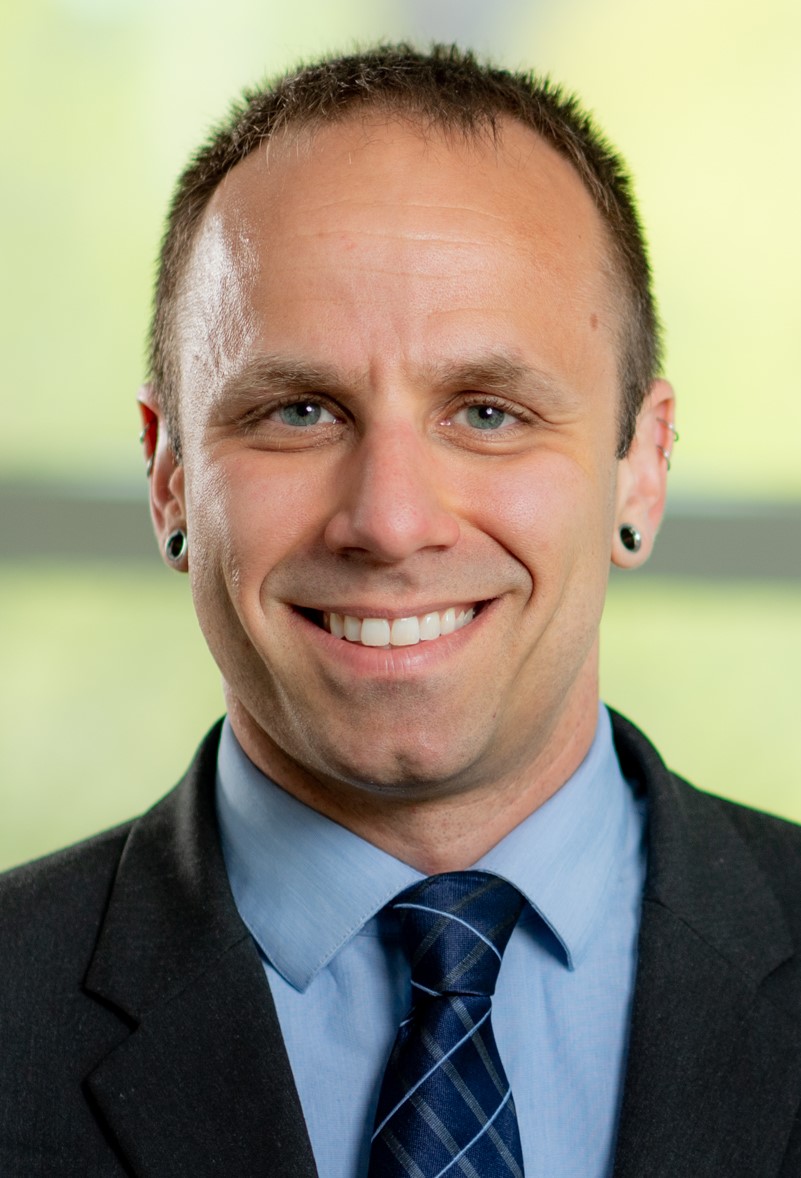 Joseph Braun, PhD, MSPH spends his time figuring out how things that children come into contact with even before they are born can have an impact later in their lives.
Joseph Braun, PhD, MSPH spends his time figuring out how things that children come into contact with even before they are born can have an impact later in their lives.
“We are focused on understanding how early life environmental exposures influence children’s growth and development. We are considering the early life window now to extend from before conception in both the mother and the father, during the prenatal period in the mother, when the baby is in the womb, and the postnatal period from infancy onward till adolescence. So, we are looking at a wide range of environmental chemical exposures and how they influence children’s risk of neurobehavioral disorders like ADHD or autism as well as their risk of becoming obese or overweight. And, even how environmental factors might influence their metabolism of things like glucose or lipids. Finally, we are also trying to understand some of the biologic mechanisms that underlie these associations,” Dr. Braun says. . . .
2018
Meet our 20 Pioneers under 40 in Environmental Public Health: Nourbese Flint, MA
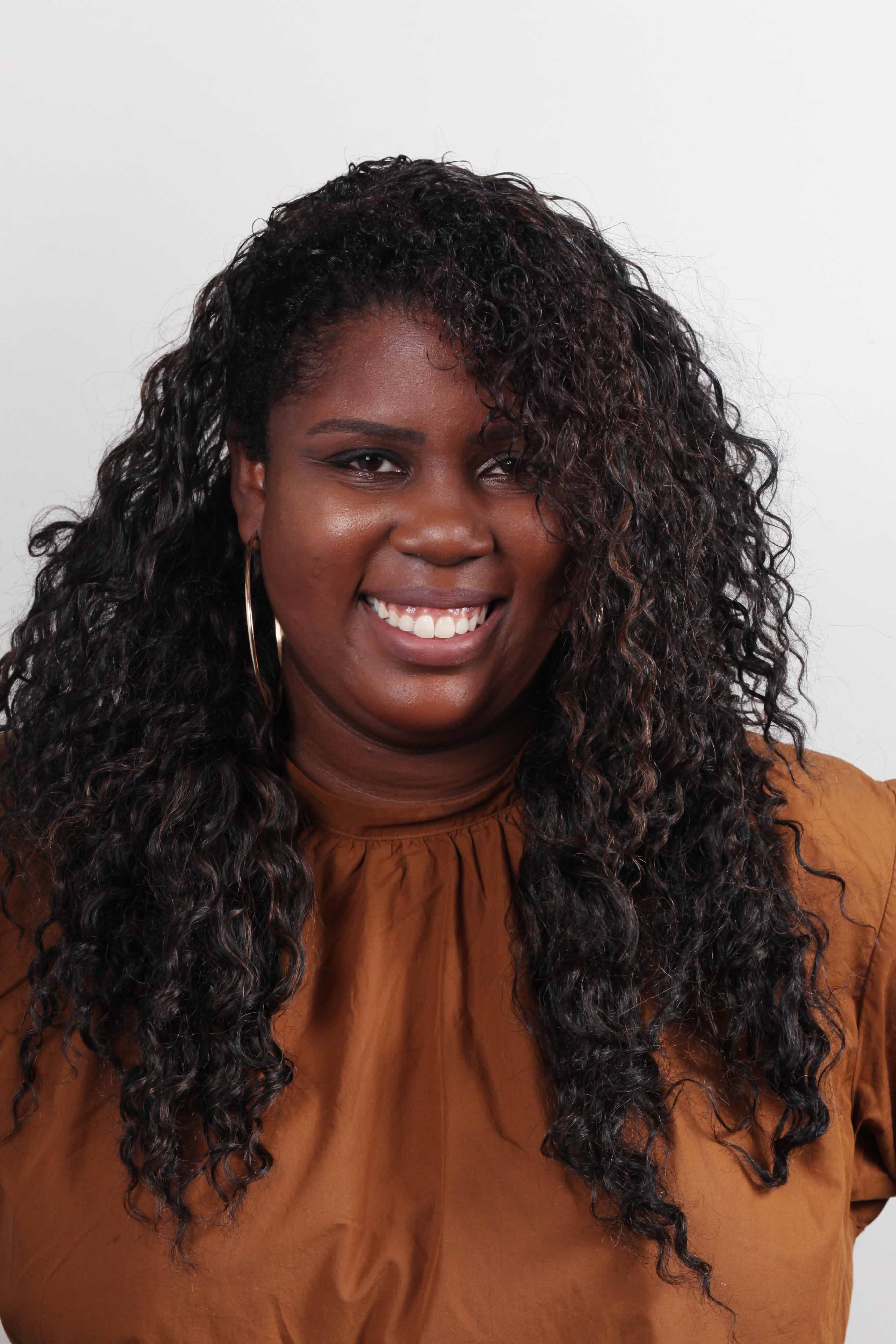 Nourbese Flint, MA serves as the Policy Director and manager of reproductive justice programs at Black Women for Wellness (BWW). There, she directs reproductive and environmental health policy, organizes community advocacy, and manages reproductive and sexual health programming as well as civic engagement.
Nourbese Flint, MA serves as the Policy Director and manager of reproductive justice programs at Black Women for Wellness (BWW). There, she directs reproductive and environmental health policy, organizes community advocacy, and manages reproductive and sexual health programming as well as civic engagement.
With her work in the policy realm and the reproductive justice world, she knows how important an intersectional approach to a topic can be. . . .
2018
What’s new
Meet our 20 Pioneers under 40 in Environmental Public Health: Ami Zota, ScD, MS
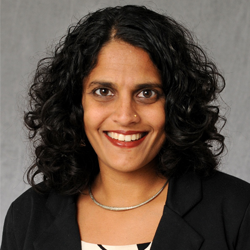 Ami Zota, ScD, MS has been working in the environmental health world since she was an undergraduate, and a main focus of her work has been looking at the intersection of environmental health and environmental justice.
Ami Zota, ScD, MS has been working in the environmental health world since she was an undergraduate, and a main focus of her work has been looking at the intersection of environmental health and environmental justice.
Much of her research has specifically focused on “[characterizing] exposure to a wide range of environmental hazards in the general population with a real emphasis on identifying vulnerable populations or highly exposed populations,” Dr. Zota says. . . .
2018
What’s new
Meet our 20 Pioneers under 40 in Environmental Public Health: Sara Wylie, PhD
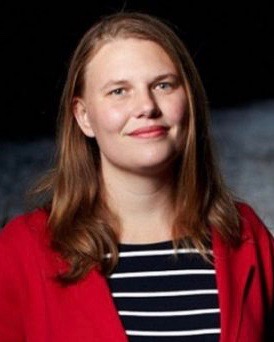 Sara Wylie, PhD developed an interest in science from a young age, having grown up with two developmental biologists as parents. As she got older and started asking her own questions, her focus turned to how chemicals, especially those that look like hormones to the body, can shape the life course. As she went through school and studied to be an anthropologist of science, these interests grew even more complex. . . .
Sara Wylie, PhD developed an interest in science from a young age, having grown up with two developmental biologists as parents. As she got older and started asking her own questions, her focus turned to how chemicals, especially those that look like hormones to the body, can shape the life course. As she went through school and studied to be an anthropologist of science, these interests grew even more complex. . . .
2017
What’s new
Webinars
Meet our 20 Pioneers under 40 in Environmental Public Health: Laura Vandenberg, PhD
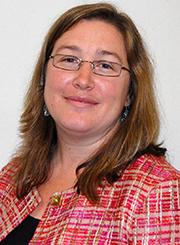 Laura Vandenberg, PhD, is trained as a developmental biologist, but became interested in environmental health as she started to focus on the times when biology had imperfections. Instead of looking at how stem cells differentiate into skin, or muscle, or tissue, she was interested in “what happens when those processes go wrong,” Dr. Vandenberg shares. . . .
Laura Vandenberg, PhD, is trained as a developmental biologist, but became interested in environmental health as she started to focus on the times when biology had imperfections. Instead of looking at how stem cells differentiate into skin, or muscle, or tissue, she was interested in “what happens when those processes go wrong,” Dr. Vandenberg shares. . . .
2017
Webinars
Meet our 20 Pioneers under 40 in Environmental Public Health: Simona Bălan, PhD
We wanted to find the best young researchers and advocates who might change the future of environmental health. So, we asked a panel of luminaries in environmental health to nominate rising stars who are doing pioneering work. After a rigorous selection process, we invited 20 of these nominees to be our 20 Pioneers under 40 in Environmental Public Health.
This month, we held our first webinar in the series. In addition to these presentations, we got to sit down and learn a little bit more about the researchers. While we did talk about their research, we also learned how they first got interested in the field and what this work means to them, plus a few tips for staying healthier.
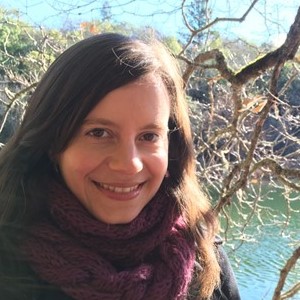 Simona Bălan, one of our first presenters, got her start in environmental health very early. She was 11 when her aunt gave her a book about how chlorofluorocarbons (CFCs), used in aerosols and refrigerants, destroyed the ozone layer. While not typically a book that would interest an 11 year old, she found it mind-boggling and felt inspired to study chemistry diligently. As she got older, she realized chemistry alone wasn’t exactly the right path. It wasn’t until she was at Berkeley working on her PhD that she found her real passion in reducing the use of chemicals of concern in products that consumers interact with on a regular basis. . . .
Simona Bălan, one of our first presenters, got her start in environmental health very early. She was 11 when her aunt gave her a book about how chlorofluorocarbons (CFCs), used in aerosols and refrigerants, destroyed the ozone layer. While not typically a book that would interest an 11 year old, she found it mind-boggling and felt inspired to study chemistry diligently. As she got older, she realized chemistry alone wasn’t exactly the right path. It wasn’t until she was at Berkeley working on her PhD that she found her real passion in reducing the use of chemicals of concern in products that consumers interact with on a regular basis. . . .
2017
What’s new
A New Chapter in A Story of Health!
Reiko and Toshio are a Japanese-American couple in their early 30s who met in college and later married. They have been trying to have a child for about a year and feel frustrated that Reiko is not yet pregnant. They are not alone—infertility is not uncommon.
Follow Reiko and Toshio as they explore what may be contributing to their infertility and their options for interventions. Their story is the newest chapter in A Story of Health multimedia eBook, available at no cost. This eBook uses videos, infographics and articles by experts to illustrate where and how we live, work, and play can influence reproductive health. Written for health care providers, prospective parents, health advocates, policy makers and others concerned about environmental influences on reproductive health, the story includes links to additional resources and scientific references on each page.
Health professionals can register for free continuing education credits (CE) through the Centers for Disease Control and Prevention (CDC), with ATSDR hosting the CE accreditation pages.
The first installment of the eBook, with chapters on asthma, developmental disabilities and childhood leukemia, is also available to download for free, either in total or as individual chapters.
A Story of Health has been developed in a collaboration among the federal Agency for Toxic Substances and Disease Registry (ATSDR), the Center for Integrative Research on Childhood Leukemia and the Environment (CIRCLE) at the University of California, Berkeley, Collaborative on Health and the Environment (CHE), the Office of Environmental Health Hazard Assessment, California EPA (OEHHA), the Science and Environmental Health Network (SEHN), and the Western States Pediatric Environmental Health Specialty Unit (PEHSU).
2017
What’s new
New Webpage: Birth Defects
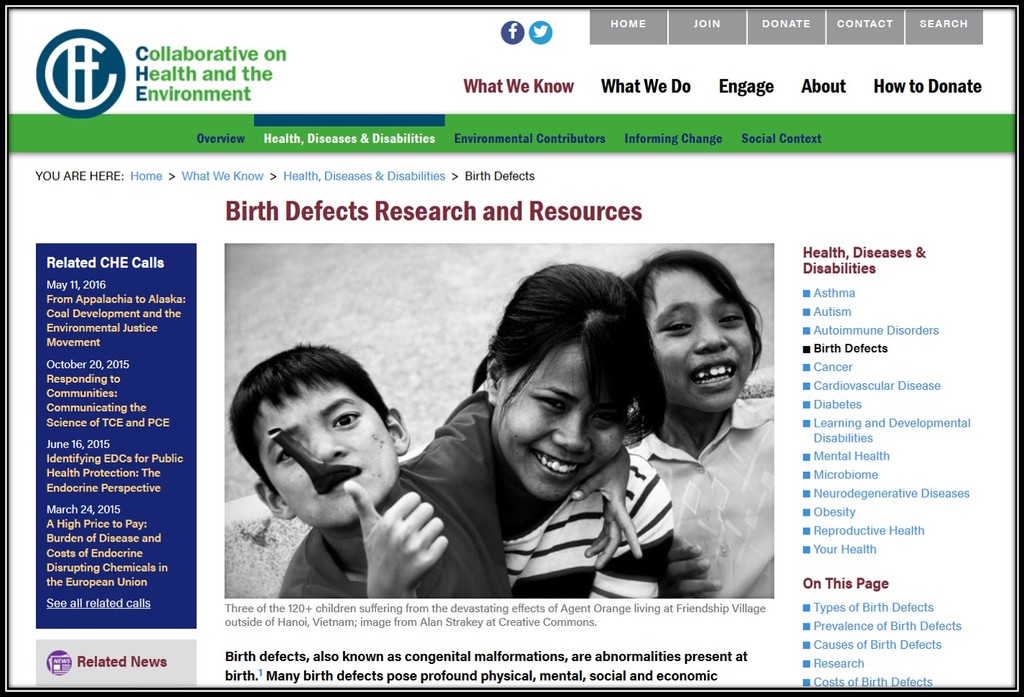 Our new webpage offers an overview of exposures, prevalence, prevention strategies, economic impacts and ethical issues regarding birth defects. Find out more by viewing our web page today!
Our new webpage offers an overview of exposures, prevalence, prevention strategies, economic impacts and ethical issues regarding birth defects. Find out more by viewing our web page today!
2017
What’s new
FDA-EPA Updated Fish Consumption Guidelines and Poster
 Earlier this year the EPA and FDA updated their recommendations on fish consumption during pregnancy and childhood. To accompany this update, they provided an easy-to-understand printable poster grouping fish into Best Choices that can be eaten two to three times a week, Good Choices that can be eaten once a week and Choices to Avoid categories. See the poster. . . .
Earlier this year the EPA and FDA updated their recommendations on fish consumption during pregnancy and childhood. To accompany this update, they provided an easy-to-understand printable poster grouping fish into Best Choices that can be eaten two to three times a week, Good Choices that can be eaten once a week and Choices to Avoid categories. See the poster. . . .
2017
What’s new
Connecting the Dots
 Toxipedia's latest newsletter focuses on the importance of putting science in context. This month Toxipedia founder Dr. Steve Gilbert explores the interplay of science, ethics and history to promote better health-based decisions. To read more on how these interactions are necessary to move us beyond traditional risk assessment, read the newsletter. . . .
Toxipedia's latest newsletter focuses on the importance of putting science in context. This month Toxipedia founder Dr. Steve Gilbert explores the interplay of science, ethics and history to promote better health-based decisions. To read more on how these interactions are necessary to move us beyond traditional risk assessment, read the newsletter. . . .
2017
Newsletter essay
What’s new
We Are All Biologically Embedded
Given the grave concerns about scientific research and health-protective regulations being sidelined for political reasons in the US right now, I'm finding it hard to see the forest for the trees. Instead I feel I'm racing through a massive forest trying to protect one tree before it's cut down, only to find that the next 100 trees have already been decimated. I know I'm not alone in this. . . .
2017
What’s new
Trump Administration and Environmental Health: CHE Launches New Partnership “Fireside Chat” Call Series
 What do you think the 2016 US Presidential election results mean for environmental health over the coming four years? What might be the impact on research funding and priorities? Chemical regulation? Children’s health? Community health?
What do you think the 2016 US Presidential election results mean for environmental health over the coming four years? What might be the impact on research funding and priorities? Chemical regulation? Children’s health? Community health?
Join us over the next three months as we explore these questions with leading environmental health science and policy experts during our new Fireside Chat call series. Our focus will be a conversation between CHE leaders, environmental health science and policy experts and call participants. Join us on January 24 at 2:00pm Eastern for our first in this series Fireside Chat: EWG's Ken Cook on Environment and Health in the Trump Administration. RSVP today!
2016
Newsletter essay
What’s new
CHE Needs Your Support to Provide Science You Can Count On
"One cannot be concerned just with civil rights. It is very nice to drink milk at an unsegregated lunch counter—but not when there's strontium-90 in it."
-Martin Luther King Jr.
|
We're delighted to announce that a very generous CHE partner, who wishes to remain anonymous, has offered to match donations to CHE up to a total of $2500 if they're made by December 31st! Please donate now and double your contribution to CHE so we can continue to bring you uncompromised science for a healthier future for all! |
Martin Luther King, Jr., was a systems thinker. He knew our health is impacted by all kinds of interacting factors—from racism to toxic exposures. He made clear that we can't fight to eradicate one concern without addressing multiple others if we're ultimately going to have a just and healthy society for all. . . .


